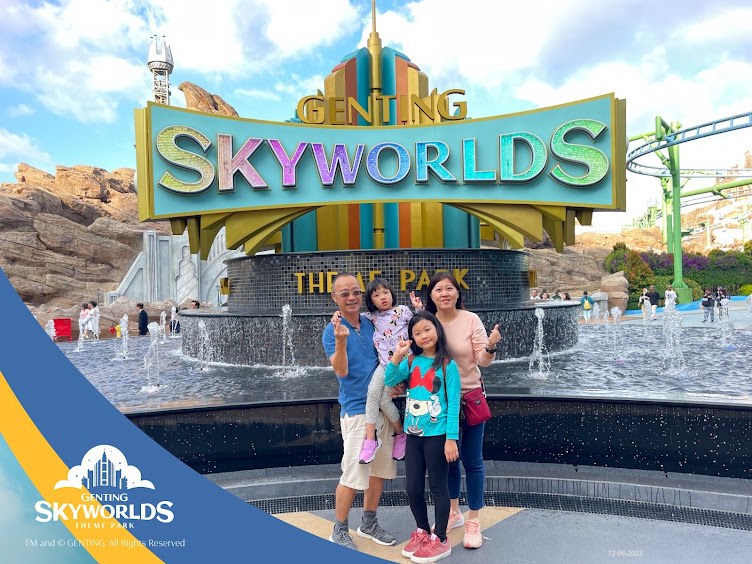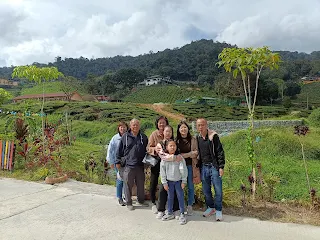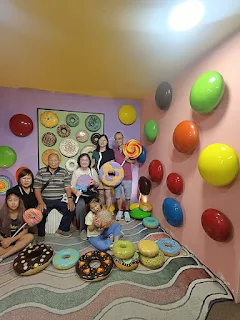The Perks of Being a Singapore Permanent Resident Compared to a Work Permit Holder
Singapore is one of Asia’s most desirable places to live and work, thanks to its world-class infrastructure, strong economy, political stability, and high quality of life. Every year, thousands of foreigners move to Singapore on various types of work passes. Among them, Work Permit (WP) holders and Permanent Residents (PRs) represent two very different categories of residents in terms of privileges, lifestyle, and long-term opportunities.
While a Work Permit allows foreign workers to live and work in Singapore temporarily, attaining Permanent Resident status opens the door to a host of benefits and rights that bring stability, flexibility, and a sense of belonging. In this blog post, we’ll explore the key perks of being a PR in Singapore and how it compares to being a Work Permit holder.
1. Stability of Residency
Work Permit Holder:
Work Permits are typically issued to semi-skilled or unskilled foreign workers in sectors like construction, manufacturing, marine, and services. These permits are valid for up to 2 years and are tied to the sponsoring employer. If the employment ends, the Work Permit is canceled, and the individual must leave Singapore.
Permanent Resident:
PRs enjoy the freedom to live and work in Singapore without being tied to a specific employer. They can stay in the country indefinitely, and although their PR status needs to be renewed every 5 or 10 years via a Re-Entry Permit (REP), it provides long-term residency and security.
Perk: Greater stability and peace of mind to plan for the future, raise a family, or invest in a long-term career.
2. Employment Flexibility
Work Permit Holder:
WP holders can only work for the employer specified in their permit. Changing jobs requires prior approval, and there's limited flexibility to shift industries or upgrade skills outside of what is approved.
Permanent Resident:
PRs are free to change jobs, switch industries, start a business, or pursue entrepreneurship without needing a new work pass. They have the same employment rights as Singapore Citizens (except for certain government roles).
Perk: More career mobility and freedom to explore better job opportunities.
3. Family Privileges
Work Permit Holder:
WP holders are not eligible to bring their spouse or children to live in Singapore unless under special exemptions. There is no Dependant Pass (DP) or Long-Term Visit Pass (LTVP) entitlement for family members.
Permanent Resident:
PRs can sponsor their spouse and unmarried children under 21 for PR status. This allows the family to stay together in Singapore, access public services, and benefit from the same long-term residency perks.
Perk: Stronger family support and ability to build a life together in Singapore.
4. Access to Public Healthcare
Work Permit Holder:
While employers must provide basic medical insurance for WP holders, access to subsidized public healthcare is limited. Any serious medical treatments can be expensive if not covered by insurance.
Permanent Resident:
PRs enjoy subsidized medical services at public hospitals and polyclinics, almost on par with citizens. They are also eligible for national healthcare schemes like MediShield Life and CPF-funded MediSave accounts.
Perk: Affordable and reliable access to quality healthcare services.
5. Education Benefits for Children
Work Permit Holder:
Children of WP holders do not have guaranteed access to public schools in Singapore. If they are allowed, they are typically considered low priority and pay higher fees compared to citizens and PRs.
Permanent Resident:
PR children can apply to enter public schools and are given higher priority over foreign students. They also enjoy subsidized school fees and access to government educational schemes.
Perk: Better access to Singapore’s top-tier public education system.
6. Eligibility for HDB Public Housing
Work Permit Holder:
WP holders are not allowed to buy or rent HDB flats (apart from renting a room with permission in special cases). Their housing is usually employer-provided or private rental.
Permanent Resident:
After 3 years as a PR, one can apply to purchase a resale HDB flat with a PR spouse. PRs can also rent public housing and apply for certain housing grants, though not as extensive as citizens.
Perk: Pathway to affordable home ownership and stable housing.
7. Central Provident Fund (CPF) Contributions
Work Permit Holder:
WP holders do not contribute to or receive CPF benefits. This means no access to CPF-supported healthcare, retirement savings, or housing schemes.
Permanent Resident:
PRs contribute to CPF just like Singapore Citizens. This enables them to save for retirement, use CPF for medical expenses, purchase housing, and invest under CPF Investment Schemes.
Perk: Stronger financial security and access to national saving schemes.
8. Path to Citizenship
Work Permit Holder:
There is no direct pathway from a Work Permit to Singapore Citizenship. WP holders must first qualify for an S Pass or Employment Pass, gain PR, and then apply for citizenship.
Permanent Resident:
PR status is the gateway to applying for Singapore Citizenship after fulfilling residency and integration requirements. Citizenship unlocks full rights, including voting, full access to HDB flats, and more extensive government support.
Perk: Opportunity to become a full citizen with voting rights and national benefits.
9. Greater Social Integration
Work Permit Holder:
Due to housing, language, and work separation, WP holders often live in dormitories and have limited integration with the local community.
Permanent Resident:
PRs live within the broader community and participate more fully in Singaporean life, through local events, community programs, and grassroots initiatives.
Perk: Enhanced sense of belonging and participation in local life.
10. Entrepreneurial Freedom
Work Permit Holder:
WP holders are not allowed to run businesses in Singapore.
Permanent Resident:
PRs can set up and run their own businesses, apply for business grants, and participate in enterprise initiatives from government agencies such as Enterprise Singapore.
Perk: Ability to pursue entrepreneurship and create wealth in Singapore.
Conclusion
Becoming a Permanent Resident in Singapore is a significant upgrade from holding a Work Permit. While WP holders play a vital role in supporting Singapore’s labor needs, the PR status offers individuals and their families a wide range of benefits – from career flexibility, housing opportunities, healthcare access, and education, to long-term financial planning and a stable future.
If you’re currently working in Singapore and envision building a life here, attaining PR status could be the gateway to realizing that dream. It not only improves your quality of life but also opens the door to eventual citizenship, allowing you to fully participate in and contribute to the nation’s vibrant future.











